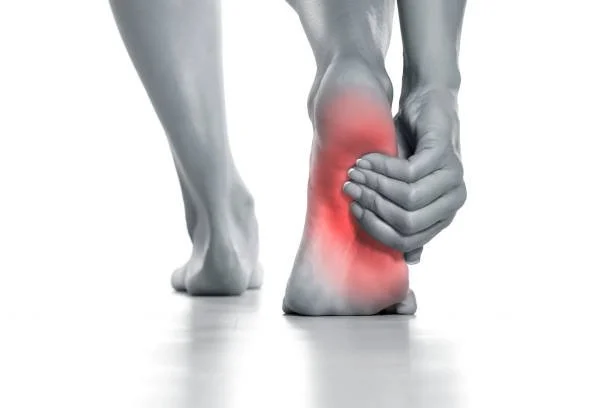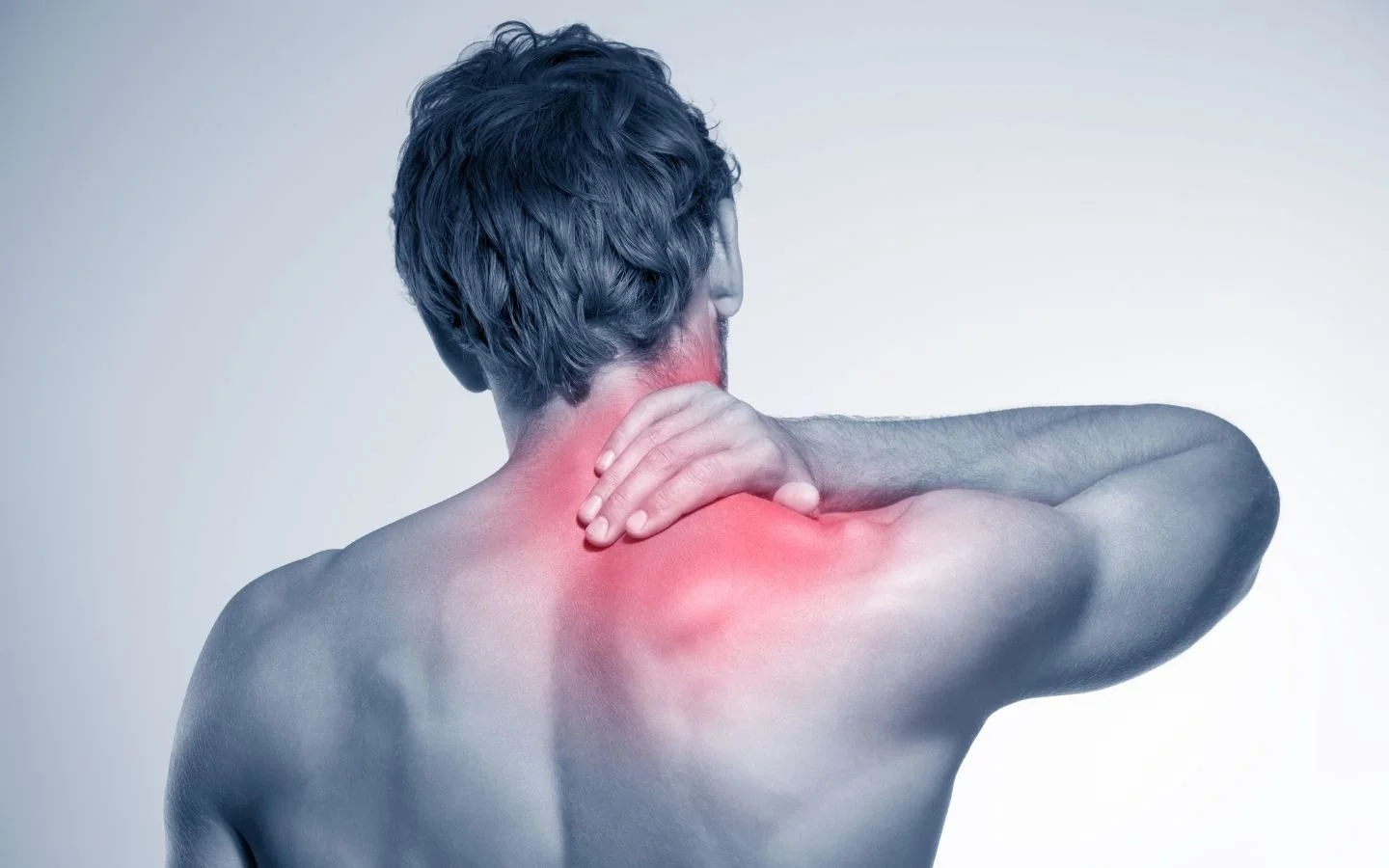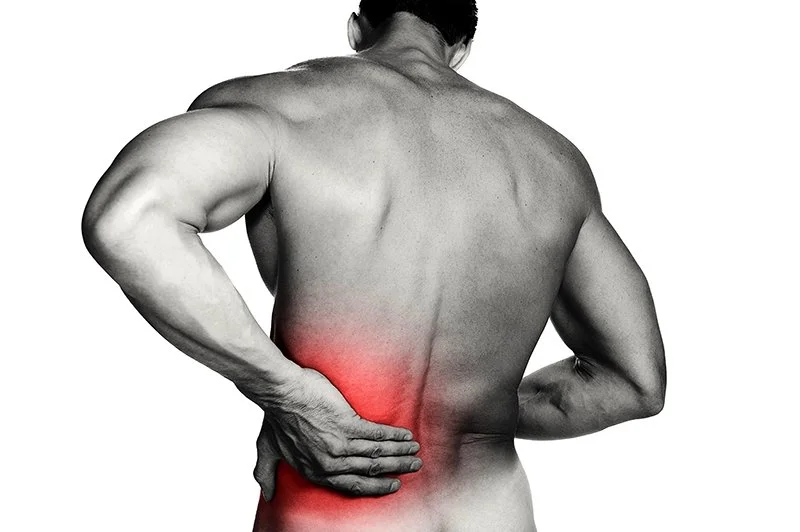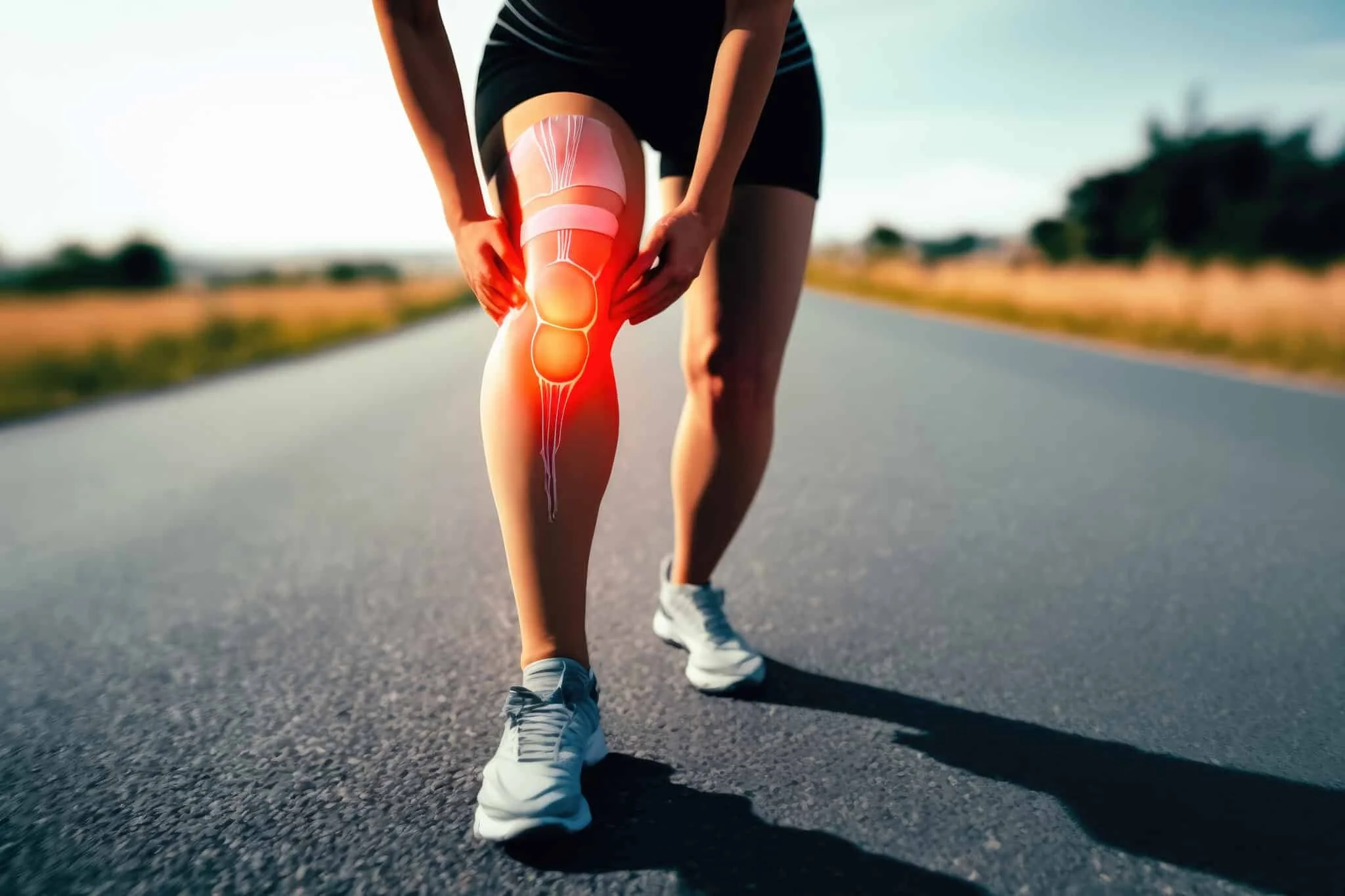Starting a new fitness journey can be exciting, but also daunting. This guide provides essential tips for beginners, including setting realistic goals, finding activities you enjoy, creating a sustainable routine with a trusted fitness professional, and listening to your body. Discover how to build a strong foundation and achieve your fitness goals.
Read MoreDiscover the power of neuromuscular therapy to target muscle tension, release trigger points, and alleviate chronic pain. Learn how this specialized massage technique can improve your range of motion, reduce stress, and enhance your overall well-being.
Read MoreDon't Let Pelvic Floor Dysfunction Mask as a UTI! Discover how pelvic floor dysfunction can mimic UTI symptoms, leading to misdiagnosis and delayed treatment. Learn about the key differences, risk factors, and effective treatment options for both conditions.
Read MoreDiscover how a physical therapist can help you optimize your marathon training, prevent injuries, and achieve your best possible performance. Learn about the benefits of personalized training plans, bio-mechanical analysis, and mental health support.
Read MoreYouth strength training offers a multitude of benefits for young people, including improved physical health, athletic performance, and mental well-being. By starting at an appropriate age and following the guidelines outlined in this article, parents and coaches can help young athletes unlock their full potential and embark on a lifelong journey of fitness and health.
Read MoreDiscover the often-overlooked role of fascia in chronic pain. Learn how this connective tissue can contribute to discomfort and explore effective strategies for managing fascial pain. From massage therapy that incorporates myofascial release techniques to stress management, uncover the secrets to a more pain-free life.
Read MoreLearn how pain works, from the activation of nociceptors to the complex interplay of biological and psychological factors. Discover the different types of pain, including acute, chronic, nociceptive, and neuropathic pain. Gain insights into the role of the spinal cord and brain in pain processing. Understand the impact of emotions, beliefs, and coping mechanisms on pain perception.
Read MoreBack pain and pelvic floor dysfunction often go hand-in-hand. Discover how a weak or tight pelvic floor can contribute to lower back pain. Learn about symptoms, treatment options, and how to strengthen your pelvic floor for a pain-free life.
Read MoreThink physical therapy is the finish line? Think again! Discover the surprising benefits of continuing strength training post-PT. Prevent relapse, boost overall strength, and enhance your independence. Learn how to build a personalized exercise routine, overcome challenges, and stay motivated on your path to full recovery. Don't let your hard-earned progress fade away – keep moving forward!
Read MoreConfusing those achy muscles with nerve twinges? You're not alone. Both nerve pain and muscle pain can leave you feeling sore and uncomfortable. But the reasons behind the pain and the best ways to treat it differ significantly.
This blog unveils the key differences between nerve pain and muscle pain, empowering you to identify the culprit behind your discomfort.
Read MoreNew moms, unsure when to begin pelvic floor therapy? This guide explores traditional vs. modern approaches, helping you decide the best time to start based on your individual needs. Learn how to address incontinence, pelvic pain, and diastasis recti for a smoother postpartum recovery.
Read MoreDreading every sit-down because of tailbone pain? You're not alone! This blog post unveils the reasons behind your discomfort, from direct trauma to repetitive stress. But there's hope! Discover how pelvic floor physical therapy can be your key to unlocking relief.
Read MoreAs we age, concerns about muscle loss, weakened bones, and declining mobility become increasingly common. But what if you could fight back? Strength training emerges as a powerful ally in this battle. By challenging your muscles through resistance exercises, you can not only preserve muscle mass but even promote new growth. This translates to greater strength, improved balance, and a newfound confidence in tackling daily activities. Strength training isn't just about physical benefits though. Studies show it can boost cognitive function, elevate mood, and even contribute to managing chronic conditions. Ready to unlock the secrets of powerful aging? Dive deeper into this blog post to discover how strength training and staying active can become your golden ticket to a vibrant and independent future.
Read MoreUnleash the Full Potential of Your Massage: Self-Myofascial Release to the Rescue
Imagine this: warmed-up tissues, loosened adhesions, and targeted trigger point release – all working together to create a massage that goes beyond relaxation and tackles tension at its core. Intrigued? Dive deeper into our blog post to discover how MFR can transform your next massage session!
Read MoreFor runners, there's nothing worse than heel pain sidelining you from your training. Plantar fasciitis, the inflammation of a connective tissue band in your foot, is a common culprit. But fear not, fellow runners! With the right approach, you can overcome this pain and get back to pounding the pavement.
This guide dives deep into understanding plantar fasciitis, its causes in runners, and most importantly, how to conquer it. We'll explore effective strategies like rest, stretching, strengthening, and proper footwear to get you back on track. We'll also discuss the importance of consulting a physical therapist for an accurate diagnosis and a personalized treatment plan. Remember, conquering plantar fasciitis takes dedication, but with the right tools and knowledge, you can outrun heel pain and achieve your running goals.
Read MoreWhen it comes to massage therapy, understanding the distinctions between nerve pain and muscle pain is crucial for devising effective treatment strategies. Both types of pain present unique challenges and require tailored approaches to achieve optimal relief and rehabilitation.
Nerve pain, often described as sharp, shooting, or burning sensations, originates from issues such as pinched nerves, neuropathy, or nerve compression. It can be debilitating, causing discomfort, tingling, numbness, or weakness in affected areas. Nerve pain may result from conditions like sciatica, carpal tunnel syndrome, or herniated discs, impacting daily functioning and quality of life. Massage therapy for nerve pain focuses on alleviating muscle tension that can exert pressure on affected nerves and improve and reduce inflammation to alleviate symptoms and restore mobility.
One of the primary goals of massage therapy for nerve pain is to promote relaxation and decrease tension in surrounding muscles, which can contribute to nerve compression. Gentle techniques such as Swedish massage, characterized by long, flowing strokes, can help soothe tense muscles. By promoting relaxation and reducing muscular tension, Swedish massage can indirectly alleviate pressure on compressed nerves, providing relief from nerve pain.
In addition to Swedish massage, neuromuscular therapy (NMT) is another effective modality for addressing nerve pain. NMT focuses on targeting specific trigger points and areas of muscular imbalance to release tension and alleviate nerve compression. By applying precise pressure to trigger points and employing techniques such as ischemic compression or myofascial release, NMT can help restore optimal muscle function and alleviate symptoms associated with nerve pain.
Furthermore, myofascial release may be utilized to address underlying fascial restrictions Myofascial release techniques target fascial restrictions and adhesions that may impede nerve function, facilitating pain relief and restoring mobility.
In contrast to nerve pain, muscle pain arises from muscular tension, strain, or injury, resulting in soreness, stiffness, and restricted range of motion. Muscle pain can be acute or chronic and may stem from overuse, poor posture, or traumatic injury. Massage therapy for muscle pain aims to reduce muscular tension and promote tissue healing to alleviate pain and restore function.
Deep tissue massage is a common technique used to address muscle pain by targeting deeper layers of muscle tissue and releasing chronic tension. This modality involves applying firm pressure and slow strokes to penetrate deep muscle layers, break up adhesions, and promote relaxation. Deep tissue massage can be particularly beneficial for individuals experiencing chronic muscular tightness or stiffness, helping to improve flexibility and restore range of motion.
Additionally, sports massage techniques may be employed to address muscle imbalances, enhance athletic performance, and prevent injury. Sports massage involves a combination of deep tissue massage, stretching, and joint mobilization techniques tailored to the specific needs of athletes. By targeting areas of muscular tightness or dysfunction, sports massage can help alleviate pain, improve flexibility, and enhance overall athletic performance.
In conclusion, massage therapy offers effective solutions for addressing both nerve pain and muscle pain. By employing a combination of techniques tailored to individual needs, massage therapists can provide targeted relief, promote healing, and restore optimal function. Whether targeting nerve pain or muscle pain, massage therapy offers a holistic approach to pain management and rehabilitation, fostering relaxation, healing, and overall well-being.
Read MoreChronic neck pain making you tense? You're not alone. Millions of people grapple with this issue, experiencing everything from dull aches to sharp shooting pains that limit their head turns and disrupt sleep. Fortunately, there's a powerful tool in the physical therapist's toolbox that can offer significant relief: dry needling.
Read MoreIf you're one of the countless people who have experienced low back pain, you know how disruptive it can be. Whether it's a nagging ache or sharp, debilitating pain, back trouble can sideline you from your favorite activities. In this comprehensive guide, we'll delve into the causes, risk factors, and most importantly, how to find relief for low back pain.
Read MoreForget limping to the finish line. Our focus is on a pain-free stride, a symphony of smooth, efficient movements. We'll analyze your form, tweaking imbalances and posture for a gait that feels effortless. Picture this: powerful quads propelling you forward, glutes firing with each step, and your knees thanking you with every joyful stride. Let's ditch the pain and celebrate the freedom of effortless running!
Read MoreFeeling more like a creaky rocking chair than a champion athlete? Don't despair! Age is just a number, and with the right support, you can defy time and keep dominating your chosen sport. Enter your secret weapon: the physical therapist (PT). Forget outdated notions of PT being solely for injury rehab. Today's PTs are your performance engineers, fine-tuning your body for longevity and success. Think stronger muscles, better balance, sharper reflexes, and a pain-free body that lets you conquer the field (or court, or track) with confidence. So, ditch the rocking chair, grab your PT, and get ready to reclaim your athletic glory!
Read More















![Nerve Pain vs. Muscle Pain: How Massage Therapy Can Help With Both [in 2024]](https://images.squarespace-cdn.com/content/v1/5e0d02458f155213d5478abf/1711198623036-V3K915U0CSEW354O6AGG/Massage+ow+back+pain++picture.jpeg)



![Defying Time: How a Physical Therapist Can Keep You in the Game [in 2024]](https://images.squarespace-cdn.com/content/v1/5e0d02458f155213d5478abf/1706882375924-AP3KCN6V7MOCCDWZ7POQ/Aging+athlete+pic.jpeg)